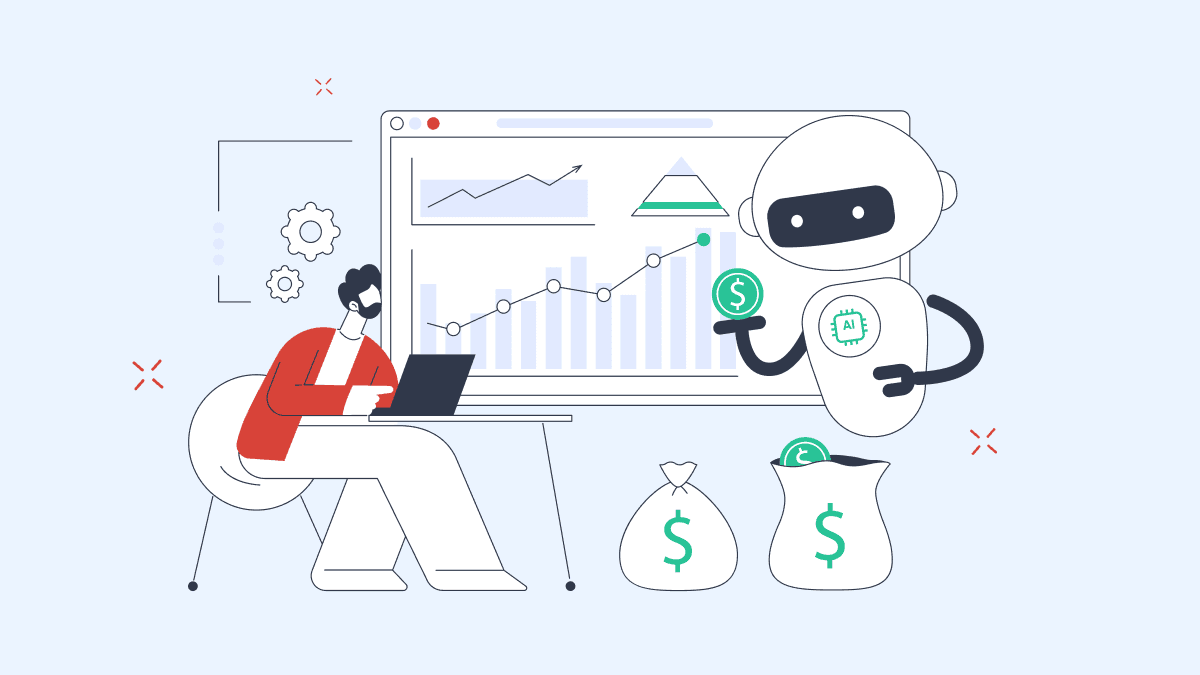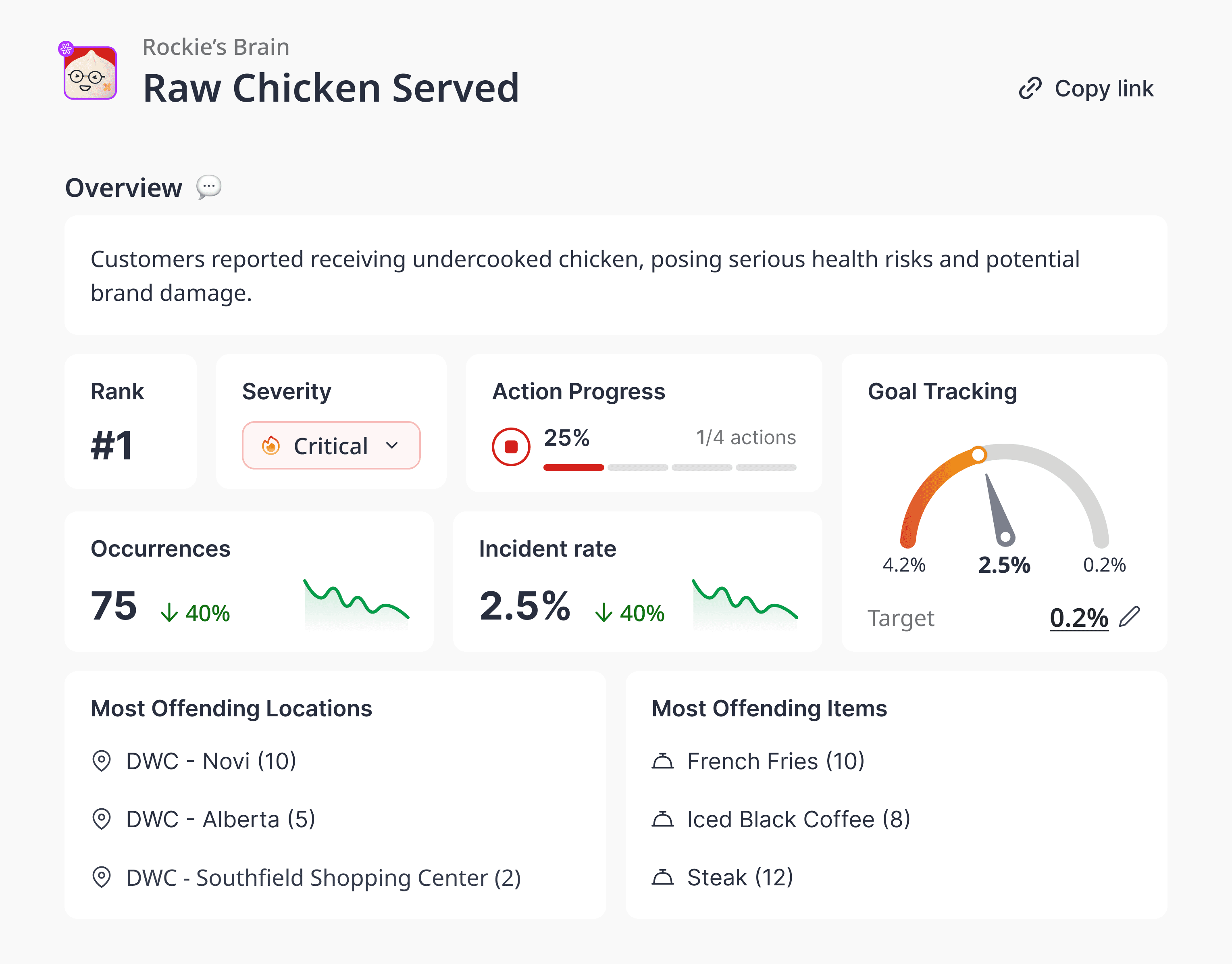
Aug 1, 2025
Amanda Jacob
What Happens When AI Moves Faster Than Labor Markets Can Adapt
Contents
In Asia, AI adoption isn’t just rising—it’s racing. From automated kitchens in Seoul to AI lending in Jakarta, change is happening fast.
But while technology is sprinting, labor markets are lagging behind. In boardrooms and ministries across the region, a quiet question is growing louder: What happens when AI moves faster than people can re-skill?
The answer isn’t just academic. It’s economic, political, and personal. And for business leaders, it demands urgent attention.
A Tale of Two Asias
Asia’s economies sit on opposite ends of the automation spectrum.
Advanced economies (like South Korea, Japan, and Singapore) have high AI readiness—but aging populations, shrinking workforces, and rising wage pressure. Here, AI is seen as a productivity savior.
Emerging markets (like Vietnam, Indonesia, and the Philippines) have younger populations and labor-intensive industries. Here, AI risks disrupting low-skilled jobs before safety nets are in place.
The result? A double-edged shift, where AI simultaneously solves labor shortages and accelerates displacement.
Who’s Most at Risk?
The McKinsey Global Institute estimates that up to 375 million workers globally may need to switch occupational categories by 2030 due to automation. In Asia:
Manufacturing: AI-powered vision systems and robotics are replacing repetitive tasks on factory floors, from China’s electronics plants to Malaysia’s automotive assembly lines.
Customer Support: In India and the Philippines—where BPO jobs anchor the economy—AI chatbots and voice synthesis are automating Tier 1 support at scale.
Logistics and Retail: Warehousing in Thailand, cashier-less stores in Japan, and last-mile delivery routing are increasingly AI-directed.
The most vulnerable workers? Those in roles with:
High task repeatability
Low digital literacy
Limited access to up-skilling pathways
Re-skilling at the Speed of Code
Governments and companies are responding—but often too slowly.
Singapore launched SkillsFuture AI literacy programs for mid-career workers.
Japan pledged to retrain 2 million tech workers by 2027.
Vietnam introduced AI-focused STEM curricula in public schools.
But these efforts are dwarfed by the speed of AI advancement. As one HR leader at a major bank in Kuala Lumpur put it; “By the time we finish training a cohort, the tools have already changed.”
The Corporate Imperative
For business leaders, ignoring labor adaptation isn’t just unethical. It’s a risk to long-term competitiveness.
If AI rollouts outpace workforce readiness, expect:
Lower morale and higher attrition in frontline teams
Brand reputation issues over perceived job elimination
Implementation drag, where new tools go unused or misused
Instead, smart companies are baking workforce adaptation into their AI roadmap:
Shadowing and cross-training programs between AI tools and human workers
“Human-in-the-loop” models to keep workers involved in decision flows
Internal learning platforms that treat AI literacy as core up-skilling—not a side project
Case in Point: South Korea’s AI-Human Hybrid Model
Facing a shrinking workforce, South Korea doubled down on “co-working” AI:
In retail, AI helps manage inventory, while humans handle high-touch service.
In healthcare, AI triages patients, and doctors make final calls.
In banking, AI detects fraud, and compliance teams refine models.
Rather than replacing humans, this model reframes AI as an amplifier, not a substitute.
It’s working. South Korea now ranks among the world’s top 3 in AI integration and labor productivity growth.
What Leaders Should Be Asking
Before your next AI investment, ask:
Are we up-skilling at the same pace we’re automating?
What roles will be affected, and what new ones will emerge?
How will we keep displaced workers engaged and valued?
Can we measure AI-readiness like we measure digital maturity?
Final Take
In the race between AI and labor adaptation, speed matters. But direction matters more.
The companies—and countries—that win won’t just build the fastest models. They’ll build the most inclusive ones. Because when humans and machines advance together, progress is sustainable.
And in Asia, where demographic shifts, digital acceleration, and economic ambition collide, getting this balance right could define the region’s next decade.






